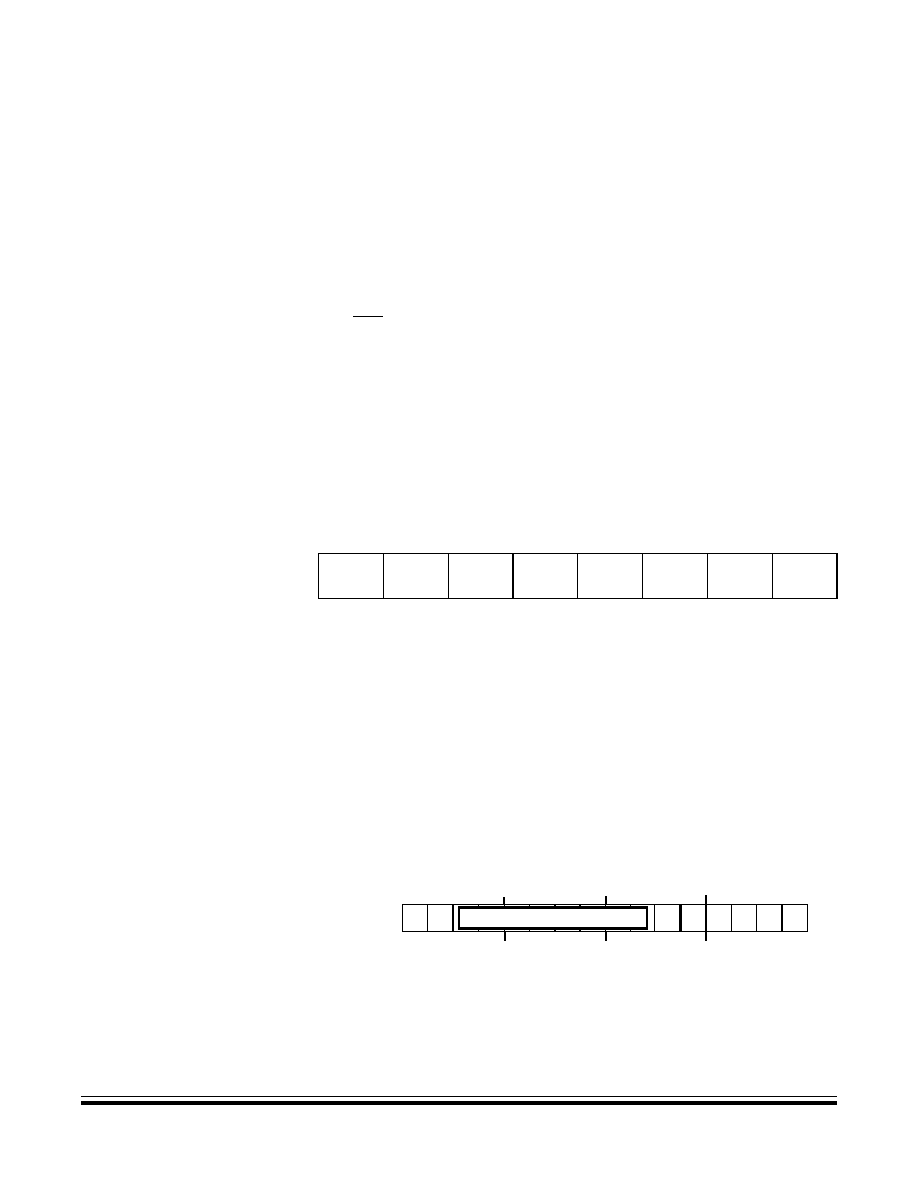- 您現(xiàn)在的位置:買賣IC網(wǎng) > PDF目錄45245 > MC68HLC908QT2FQ (MOTOROLA INC) 8-BIT, FLASH, 2 MHz, MICROCONTROLLER, PQCC8 PDF資料下載
參數(shù)資料
| 型號(hào): | MC68HLC908QT2FQ |
| 廠商: | MOTOROLA INC |
| 元件分類: | 微控制器/微處理器 |
| 英文描述: | 8-BIT, FLASH, 2 MHz, MICROCONTROLLER, PQCC8 |
| 封裝: | DFN-8 |
| 文件頁數(shù): | 118/186頁 |
| 文件大?。?/td> | 2583K |
| 代理商: | MC68HLC908QT2FQ |
第1頁第2頁第3頁第4頁第5頁第6頁第7頁第8頁第9頁第10頁第11頁第12頁第13頁第14頁第15頁第16頁第17頁第18頁第19頁第20頁第21頁第22頁第23頁第24頁第25頁第26頁第27頁第28頁第29頁第30頁第31頁第32頁第33頁第34頁第35頁第36頁第37頁第38頁第39頁第40頁第41頁第42頁第43頁第44頁第45頁第46頁第47頁第48頁第49頁第50頁第51頁第52頁第53頁第54頁第55頁第56頁第57頁第58頁第59頁第60頁第61頁第62頁第63頁第64頁第65頁第66頁第67頁第68頁第69頁第70頁第71頁第72頁第73頁第74頁第75頁第76頁第77頁第78頁第79頁第80頁第81頁第82頁第83頁第84頁第85頁第86頁第87頁第88頁第89頁第90頁第91頁第92頁第93頁第94頁第95頁第96頁第97頁第98頁第99頁第100頁第101頁第102頁第103頁第104頁第105頁第106頁第107頁第108頁第109頁第110頁第111頁第112頁第113頁第114頁第115頁第116頁第117頁當(dāng)前第118頁第119頁第120頁第121頁第122頁第123頁第124頁第125頁第126頁第127頁第128頁第129頁第130頁第131頁第132頁第133頁第134頁第135頁第136頁第137頁第138頁第139頁第140頁第141頁第142頁第143頁第144頁第145頁第146頁第147頁第148頁第149頁第150頁第151頁第152頁第153頁第154頁第155頁第156頁第157頁第158頁第159頁第160頁第161頁第162頁第163頁第164頁第165頁第166頁第167頁第168頁第169頁第170頁第171頁第172頁第173頁第174頁第175頁第176頁第177頁第178頁第179頁第180頁第181頁第182頁第183頁第184頁第185頁第186頁

Memory
FLASH Memory (FLASH)
MC68HLC908QY/QT Family — Rev. 2
Data Sheet
MOTOROLA
Memory
37
When the FLBPR is programmed with all 0s, the entire memory is protected from
being programmed and erased. When all the bits are erased (all 1s), the entire
memory is accessible for program and erase.
When bits within the FLBPR are programmed, they lock a block of memory. The
address ranges are shown in 2.6.6 FLASH Block Protect Register. Once the
FLBPR is programmed with a value other than $FF, any erase or program of the
FLBPR or the protected block of FLASH memory is prohibited. Mass erase is
disabled whenever any block is protected (FLBPR does not equal $FF). The
FLBPR itself can be erased or programmed only with an external voltage, VTST,
present on the IRQ pin. This voltage also allows entry from reset into the monitor
mode.
2.6.6 FLASH Block Protect Register
The FLASH block protect register is implemented as a byte within the FLASH
memory, and therefore can only be written during a programming sequence of the
FLASH memory. The value in this register determines the starting address of the
protected range within the FLASH memory.
BPR[7:0] — FLASH Protection Register Bits [7:0]
These eight bits in FLBPR represent bits [13:6] of a 16-bit memory address. Bits
[15:14] are 1s and bits [5:0] are 0s.
The resultant 16-bit address is used for specifying the start address of the
FLASH memory for block protection. The FLASH is protected from this start
address to the end of FLASH memory, at $FFFF. With this mechanism, the
protect start address can be XX00, XX40, XX80, or XXC0 within the FLASH
memory. See Figure 2-6 and Table 2-2.
Figure 2-6. FLASH Block Protect Start Address
Address:
$FFBE
Bit 7
654321
Bit 0
Read:
BPR7
BPR6
BPR5
BPR4
BPR3
BPR2
BPR1
BPR0
Write:
Reset:
Unaffected by reset. Initial value from factory is 1.
Write to this register is by a programming sequence to the FLASH memory.
Figure 2-5. FLASH Block Protect Register (FLBPR)
0
1
FLBPR VALUE
START ADDRESS OF
16-BIT MEMORY ADDRESS
FLASH BLOCK PROTECT
0
相關(guān)PDF資料 |
PDF描述 |
|---|---|
| MC68HLC908QT1DW | 8-BIT, FLASH, 2 MHz, MICROCONTROLLER, PDSO8 |
| MC68HLC908QY2DT | 8-BIT, FLASH, 2 MHz, MICROCONTROLLER, PDSO16 |
| MC68HLC908QY4CDW | 8-BIT, FLASH, 2 MHz, MICROCONTROLLER, PDSO16 |
| MC68HLC908QY1CDW | 8-BIT, FLASH, 2 MHz, MICROCONTROLLER, PDSO16 |
| MC68HLC908QY4DT | 8-BIT, FLASH, 2 MHz, MICROCONTROLLER, PDSO16 |
相關(guān)代理商/技術(shù)參數(shù) |
參數(shù)描述 |
|---|---|
| MC68HLC908QT4CDW | 制造商:Rochester Electronics LLC 功能描述:- Bulk |
| MC68HLC908QT4CFQ | 制造商:Rochester Electronics LLC 功能描述:- Bulk |
| MC68HLC908QY1CDW | 制造商:Rochester Electronics LLC 功能描述:LOW V-1.5K FLASH W/O ADC - Bulk |
| MC68HLC908QY1DT | 制造商:Rochester Electronics LLC 功能描述:- Tape and Reel |
| MC68HLC908QY2CDT | 制造商:Rochester Electronics LLC 功能描述:- Bulk |
發(fā)布緊急采購(gòu),3分鐘左右您將得到回復(fù)。